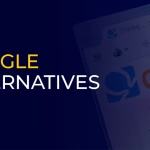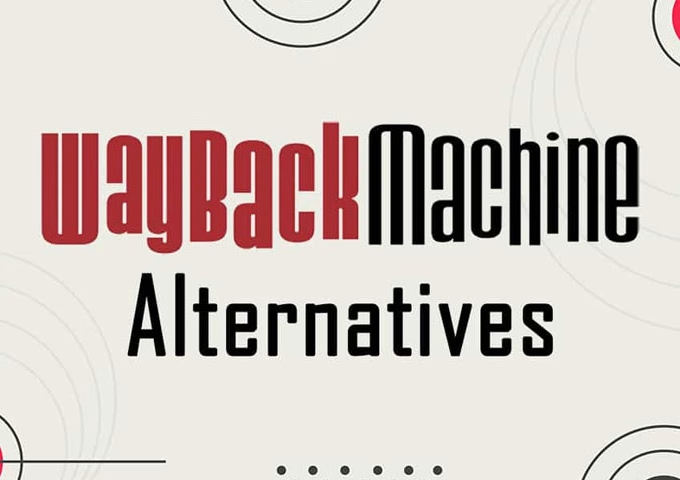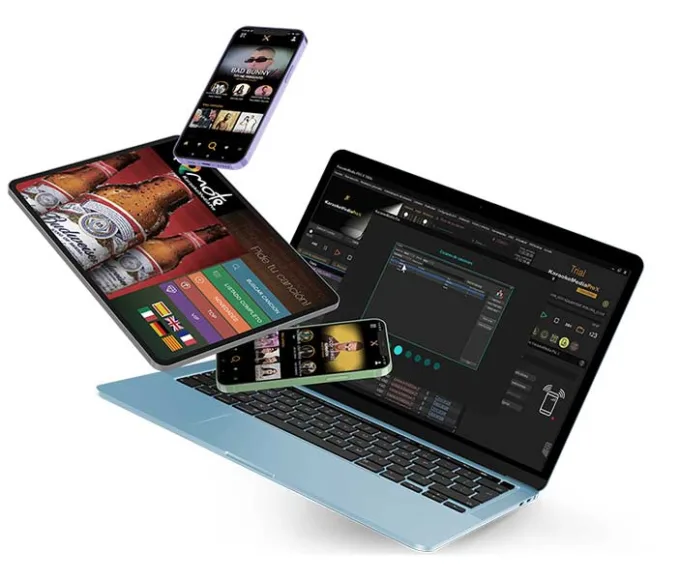In the ever-evolving landscape of technology, there is a growing movement that has been gaining momentum in recent years: the no-code movement. This disruptive approach to creating software and digital solutions is changing the game for entrepreneurs, small businesses, and even large corporations. With promises of faster development times, lower costs, and increased accessibility for non-technical individuals, it’s no wonder that more and more people are eagerly jumping on board with this trend. But what is no-code? And how does it impact innovation as we know it? In this blog post, we’ll delve into the world of accessible innovation through the lens of the no-code movement – discussing its origins, benefits, challenges, and potential implications for industries across the board. Whether you’re already familiar with no-code or just getting started on your journey towards digital transformation, this article will provide valuable insights into an emerging force in technology. So buckle up and get ready to explore the exciting world of no-code!
Introduction to the no-code Movement and its Growing Popularity in the Tech Industry
If you’ve been paying attention to the tech industry lately, you may have heard whispers of a growing movement known as “no-code.” Essentially, the no-code philosophy refers to designing and building software without writing a single line of code. Instead, clever tools and platforms are used to let non-technical individuals build web and mobile applications – no coding is required. While this might sound too good to be true, the no-code movement has been gaining serious traction. And the reason for this? It democratizes the world of software development, making it accessible to anyone with a creative idea and the willingness to learn. It’s an exciting time for the no-code movement, with more and more innovative solutions popping up each day. So if you’re interested in shaping the future of software development, now is the perfect time to jump on board.
What is no-code, and how does it differ from Traditional Coding?
No-code is a way to create applications without having to write code. It allows individuals to build programs and automate tasks quickly and easily with intuitive interfaces. This approach differs from traditional coding because it doesn’t require any programming skills. Instead, the designer will use pre-built building blocks and drag-and-drop features to assemble an application. This means that anyone can create software without having to write a single line of code. While traditional coding can require years of experience and technical expertise, no-code tools are accessible and user-friendly, making it a great option for entrepreneurs, designers, and non-technical teams. Overall, no-code is a powerful tool that democratizes the ability to create software and empowers people to innovate and create solutions without being held back by technical constraints.
Accessibility and inclusivity – how no-code allows more people to participate in innovation
Accessibility and inclusivity are crucial components of any innovation. Unfortunately, not everyone has the technical skills necessary to participate fully in the development process. This is where no-code comes in, offering a solution that allows people with all levels of technical expertise to participate. No-code platforms provide tools for creating web and mobile applications without the need for coding. This means that designers, marketers, and entrepreneurs who may not have a background in programming can now actively participate in the development process. Ultimately, this leads to more diverse perspectives and ideas, which ultimately results in better products and services that cater to a wider audience. With no-code, we can bridge the gap and build a more inclusive world of innovation.
The Impact of no-code on Job Opportunities and the Future of Work
In recent years, the no-code movement has taken the tech industry by storm, promising to revolutionize the way we create digital solutions without the need for extensive coding knowledge. But what exactly is no code? Put simply, it refers to software platforms that use visual interfaces instead of code to create web and mobile applications, allowing users to build and launch them with little or no coding experience. While some fear that no-code could lead to job loss in the tech industry, it could also present new job opportunities for those who are interested in learning how to use these platforms effectively. Additionally, no code has the potential to transform the future of work, giving companies the ability to create custom solutions quickly and easily, all without the need for expensive developers. It’s an exciting time for the tech industry, and no-code is leading the charge towards a more inclusive, democratized future.
Examples of successful companies built using no-code platforms
No-code platforms have revolutionized the way we look at building successful companies. With the help of these platforms, businesses can create complex applications without any coding experience. From e-commerce stores to healthcare apps, the possibilities are endless. Many tools have helped businesses of all sizes grow and scale without the need for technical expertise, making them accessible to anyone with a great business idea.
Demystifying common misconceptions about no-code
No-code is a buzzword that’s been thrown frequently in the tech industry lately. However, it’s often surrounded by misconceptions that can hinder its adoption. For instance, some believe that no-code platforms are meant for low-quality, simple applications. This couldn’t be further from the truth. Alternatively, there’s the assumption that no-code platforms are reserved for non-technical individuals. But the reality is that anyone can develop applications using no-code platforms, whether you’re an IT professional or not. No-code platforms provide a chance for individuals to focus their skills on the creative aspects of application development and less on technical backend processes. By demystifying these misconceptions, individuals can better understand and take advantage of the benefits of no-code platforms.
In conclusion, the no-code movement is revolutionizing the tech industry and making waves in how we approach innovation. We have discussed what exactly no-code is and how it differs from traditional coding, highlighting its accessibility and inclusivity for people of all backgrounds and skill levels. This not only allows for a more diverse group of individuals to participate in the creation of new technologies but also has the potential to drastically change the job market. With no-code platforms reducing the barrier to entry for building successful companies, we have seen numerous examples of innovative businesses flourishing with this approach. And while there may be misconceptions surrounding no-code, it is clear that its impact on the future of work should not be underestimated. As technology continues to advance at a rapid pace, embracing tools like no-code can open up endless opportunities for individuals and companies alike. So whether you are a seasoned developer or just starting out on your coding journey, exploring the world of no-code can lead you to discover new passion projects you never thought possible. Let’s celebrate this movement and all that it has to offer as we move towards a more inclusive, diverse, and innovative future!













